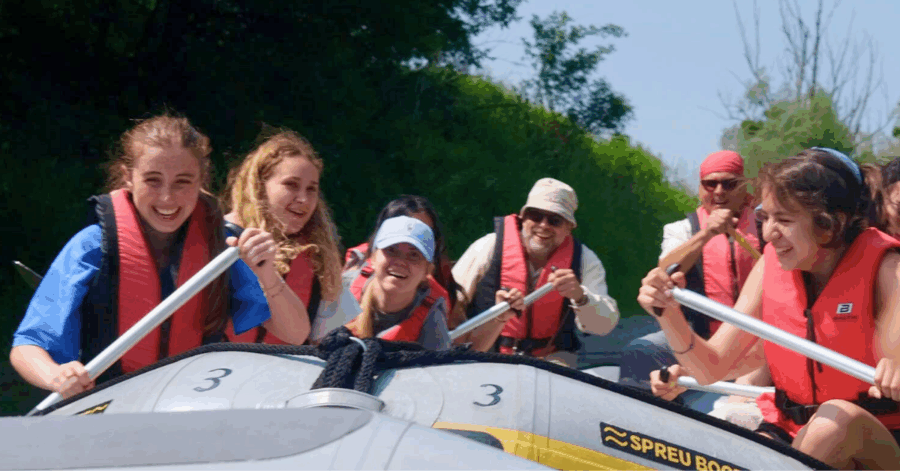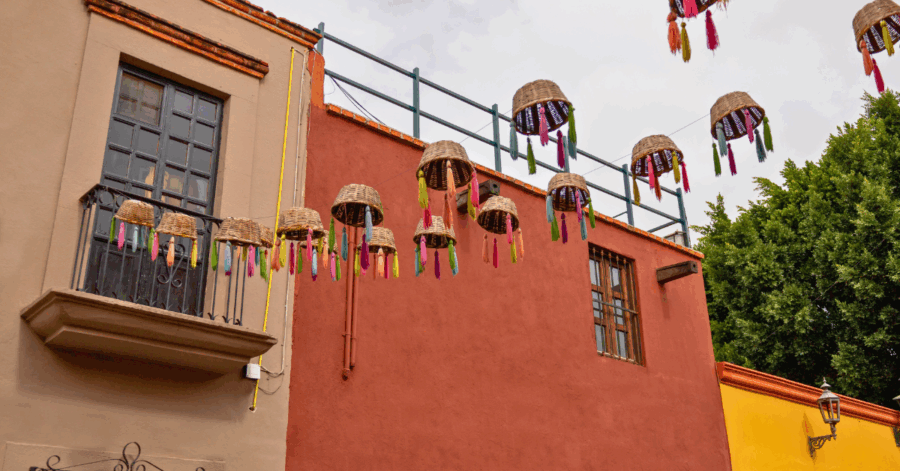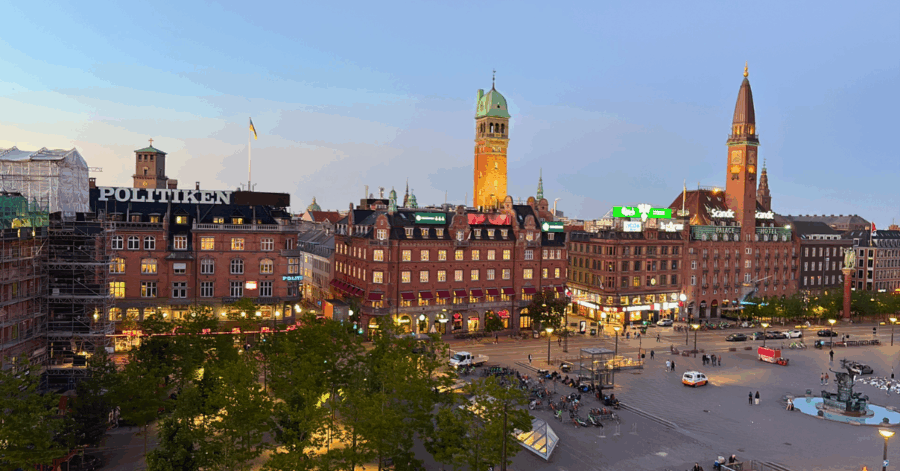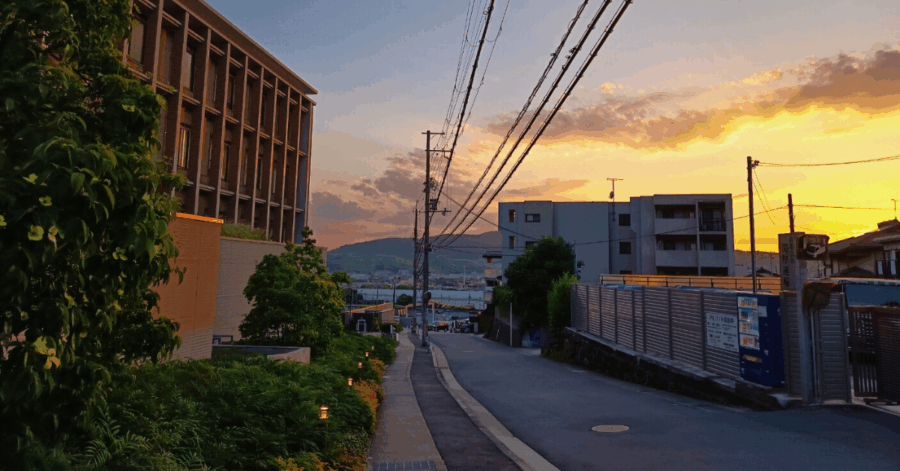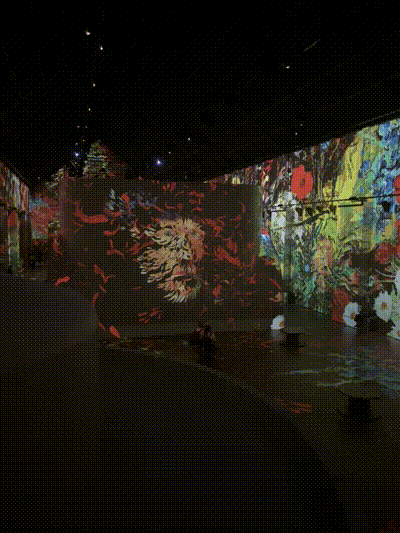
“Hallo! Mijn naam is Diana, aangaan!”
No, that’s not a typo. That’s how you say ‘hello’ in Dutch. The second part means, “My name is Diana, it’s nice to meet you.” Interesting, right?
In between clusters of syllables, the hard gs, soft js and vowels that stick together, Dutch has found its way into my heart. As a self-professed language lover, certain concepts make more sense in Spanish, but Dutch has similarities to French syntax and a large array of words that are parallel with English.
It seems like the world converges in this language — and in Amsterdam, a small but incredibly global city. Here, I constantly encounter Arabic, Russian and Portuguese on the metro and find amazing Indonesian and Suriname food, as well as traditional “bitterballen” and stroopwafels. I’ve made friends from Romania, Spain and Italy.
If you had told earlier me that Amsterdam would feel like home in just a little over a month, I wouldn’t have believed you. Now, I can’t imagine not being here.
I’ve always been drawn to language and medicine, which led me to choose a topic in health communication for my Plan II thesis. Similarly, I chose Amsterdam because I’m passionate about medicine and wanted to examine it in a completely different way. I’m familiar with health care systems in the United States and Mexico, but not in Europe.

With the Netherlands consistently being ranked among the top health care systems, I set out to explore how to study abroad here. While The University of Texas at Austin has many exchange and faculty-led programs, I chose a semester abroad because I wanted to be immersed in a different culture. I wanted enough time to travel, explore, study and connect with people.
Through CIEE, a partner institution of UT Austin, I was able to fulfill my goal. While my cohort has students from different American universities, I am the only student from UT Austin and one of the few American students in my classes at the University of Amsterdam. Experiencing a new place with other students from a similar cultural background has helped ward off homesickness and has allowed me to explore different aspects of Dutch culture.
Spending a semester abroad in Amsterdam didn’t feel real until my first day of classes. I had already spent the summer studying abroad, also through UT Austin. I attended a wonderful faculty-led program called Learning Tuscany, where I studied art history through the lens of pilgrimage, and also took a photography class. Besides spending a week in Rome, I spent about five weeks in Siena, Italy, with some day trips to Florence.
While adjusting to a new culture and overcoming homesickness was difficult, I soon settled into a routine and traveled almost every weekend of the program. I visited the famous Cinque Terre from the “Luca” movie, spent a beach day at Rimini and had a thermal bath in Rapolano Terme. I learned to make pasta from scratch and, after gathering heaps of courage, spoke Italian with locals.
But perhaps even more importantly, I learned to use skills to solve problems. Lost, and your phone service is not ideal? Ask for help! Unsure about what things mean? Google Translate! Have nothing in common with your classmates but want to be their friends? Start a conversation!

As I grew to know my boundaries and my comfort zone, I tried to say Yes to everything that sounded interesting (like an organ concert in a church in Rome), but I also knew when to take some alone time to rest and recharge.
Despite only taking a class in art history in high school, I learned to connect my interests with what we discussed in class, which often included site visits and hands-on learning. Language, culture, communication and health were interwoven with every activity, and as cliche as it sounds, all of Italy was my classroom. “Grazie mille, Italia!”
Even with my preparation in Italy, I’ve encountered surprises in Amsterdam. Studying abroad with peers and faculty whom I knew beforehand was surreal. Within weeks, we were a tight-knit group. A little part of Austin was always with me in Italy.
While there are no international students within my CIEE cohort, there are students from around the world in my University of Amsterdam classes and my student lodging. At a painting party, I met students from Italy and Hungary, and during class breaks, I’ve gotten to know friends from England and France. My background is a stepping-stone to forming multicultural friendships, and it’s helped me adapt to life in the Netherlands.
While I was initially worried about a language barrier, the vast majority of Amsterdam inhabitants speak English (which is very useful when you’re lost in the metro, but not helpful when you want to shed the stubborn ‘tourist’ aura). Though challenging, Dutch has an intriguing way of shaping the world.
For example, you can ask someone their name by saying, “Hoe heet jij?” Translated literally, this means “What are you called?” Knowing French, I don’t find the long strings of amalgamated vowels and consonants intimidating, but I struggle to say “je” in Dutch (phonetically, “yay”) because my first instinct is to pronounce it in French.
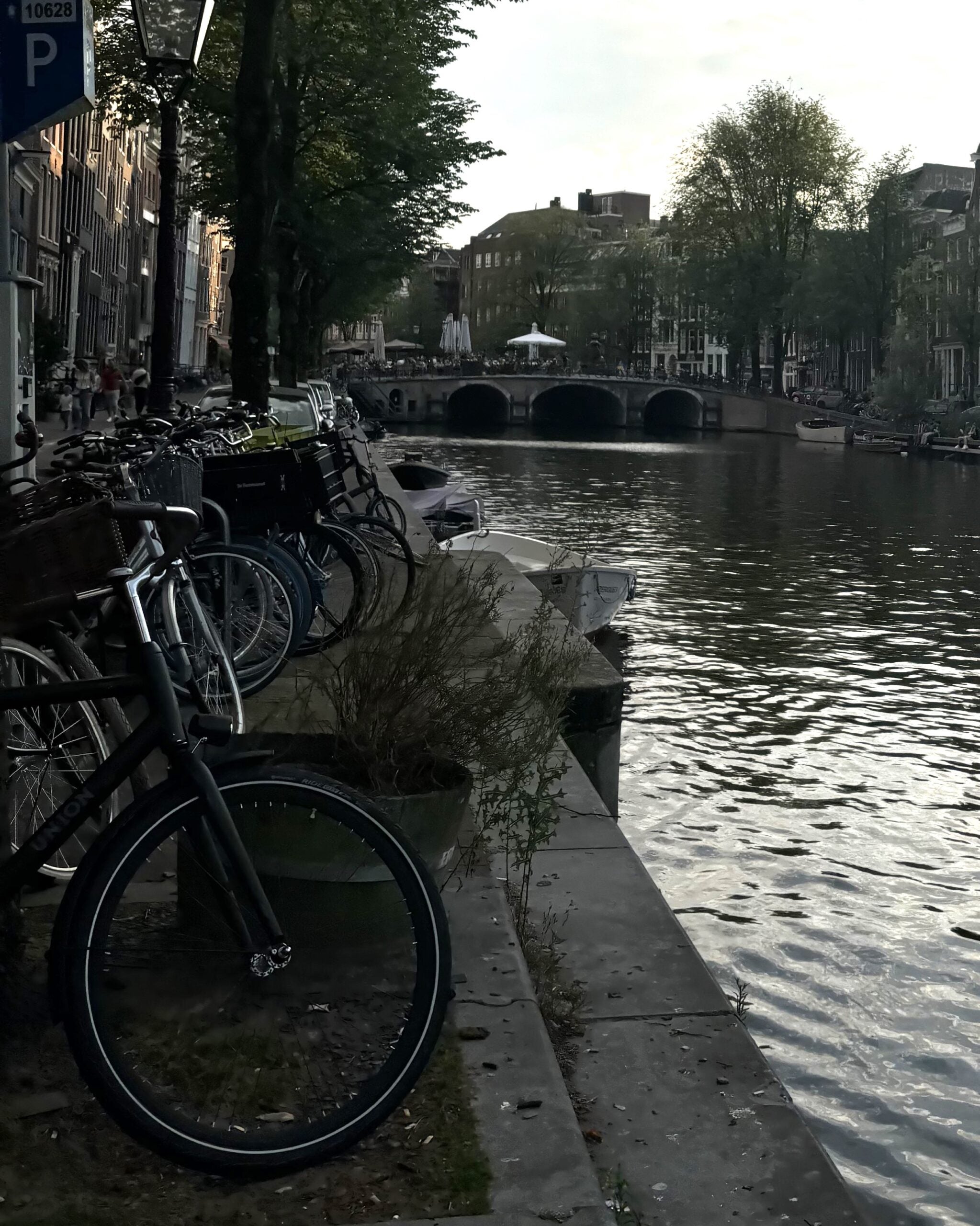
I usually pick up languages quickly, but Dutch constantly throws curveballs at me. Every small victory feels monumental, from ordering a coffee to understanding the tram announcements. As I stumble through the language, each step forward has deepened my connection with this city.
The more I learn and read, the easier it becomes for my ears to parse words. I find myself more confidently making connections to languages I already know as I practice Dutch.
My classes, which are a mix of courses taught by CIEE and the University of Amsterdam, have been deeply engaging and beneficial both to my personal and academic development. Classes are taught in English, for which I’m thankful because I have not yet mastered Dutch.
My course on public health constantly builds on what I learn in my medical anthropology class, and those themes intersect with my class on global health, gender and care. In cross-cultural psychology, I enjoy learning about research regarding different groups of people. My Dutch class challenges me to embrace a new language.
Outside the classroom, I travel on weekends and train with a local volleyball team. There are countless museums to visit, like the Van Gogh Museum and Anne Frank’s House. While there are currently no tulips in bloom, there are canal cruises and gorgeous architecture to admire on my way to class. The floating flower market is a dream come true for a plant mom like me (I’m impatiently waiting for my basil to sprout as I write this).

Seeing windmills in person is rather stupefying, as is observing more bikes than cars on the street. (Confession: I do not know how to ride a bike. “What?” you say, “Didn’t you learn when you were little?” Right now, I’m wishing I had, but I’m working hard on it! Stay tuned for my next blog to see if I’ve learned by then!)
Because I’ve always understood the value of education as an international student studying in the United States, I struggled to understand how studying abroad would be a once-in-a-lifetime opportunity — that is, until now.
It’s remarkable how much I’ve learned, both as a scholar and as a person. The challenges of studying abroad — new languages, different cultures, trying new things and dealing with homesickness (I miss my dog so dearly!) — have only made my experience richer.
Amsterdam is quickly becoming a place I know like the back of my hand. The friendships I’ve made and the lessons I’ve learned will stay with me long after my time abroad.
I can’t wait to see how the rest of my semester unfolds, and I know that every day here is helping me grow into the person I want to become. In a city that merges globality with locality, the past with the future, and tradition with modernity, I’m excited to study abroad as a tool to learn about others but also about myself.
This post was contributed by Diana Arriaga, a Global Ambassador for Fall 2024. Diana is a senior studying abroad in Amsterdam, the Netherlands.


